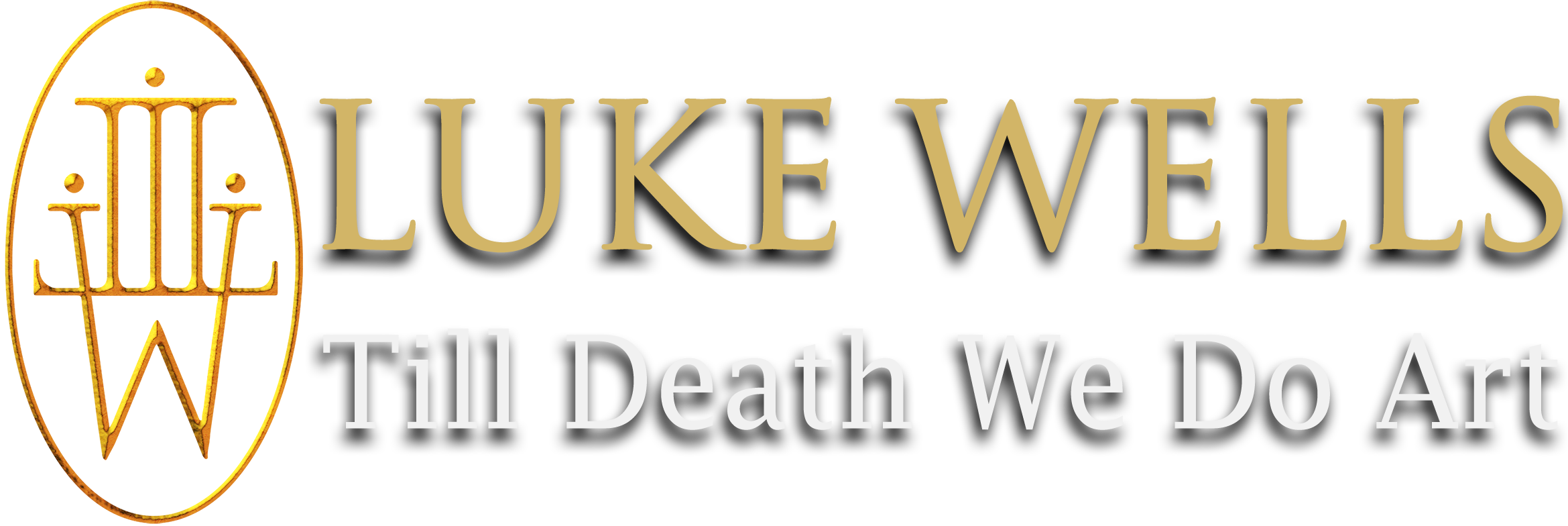As an artist, I am always looking for new sources of inspiration. Over the years, there have been a few important influences that have revolutionized my outlook on art. For me, Yoann Lossel has been one of those major sources of inspiration.
I believe there are three things every illustrator needs to create great work.
- Information
- Inspiration
- Imagination
This is the core of my art-making approach. Read more about my philosophy here.
Who Is Yoann Lossel
Yoann Lossel is a French contemporary artist that is well known for his intricate and detailed work combining graphite and gold leaf. His illustrations often depict dream-like fantasy scenes with a touch of Surrealism, which I find mesmerizing.
Here are a couple of the illustrations that captivated me as a young artist and continue to inspire me today.
The Golden Age
This was one of the first works that I saw from Yoann Lossel. The subtle shifts in value that permeate the entire illustration blew me away and reminded me of the equally masterful Allen Lee that I was more familiar with. I was drawn into the world that Yoann was creating and had to see more.
FATAE
FATAE is an illustration by Yoann Lossel that features three female characters wrapped in swirling gold and darkness. What inspired me about this piece is, beyond the incredible illustration, Yoann applied the same level of craft to the border design that he surrounded the artwork with. The level of detail and the use of gold leaf to add an ethereal quality to the illustration is also always inspiring.
What I Learned
I found Yoann's work my freshman year of college. I was instantly captivated by the intricate details and the contrast that came from his use of gold leaf and graphite. I had never heard of gold leaf, and it would have never occurred to me that artists would employ it as a medium for their work. From that moment on, I began to experiment, research, and learn as much as I could about gold leafing and Yoann's work.
At that time, Yoann had not published much information regarding his technique. Fortunately for me, He was willing to answer the tedious questions of a young artist ignorant of so much of his craft. From my research and our conversation, I learned about watercolor graphite, the techniques for applying gold leaf, and many more technical aspects of his workflow. By creating pieces that were specifically trying to match his style, I learned about drawing the figure, creating atmospheric perspective, and so much more! I always recommend new artist try to work in the style of their artist idols to level up their own craft and understand more about the work that they idolize.
How It Impacted My Work
I immediately wanted to apply what I had learned and began to experiment with gold leaf in my own illustrations. However, I was quickly disappointed by the results. One of my notable experiences was when I chose to create a large scale graphite and gold illustration for a university class final. I was so captivated by the works I was seeing, I forgot just how far my skills needed to be developed to create anything remotely resembling the beauty that Yoann was creating in his illustrations. Never before had I attempted to create an illustration so large or detailed before. As the detail shot shows below, it was not a success. As a result, I abandoned the experimentation to dedicate myself to mastering the basics of my craft. However, the inspiration to be more experimental in my work, especially relating to traditional mediums, made a big impact in my approach to art. As you can see from my branding, I also never got over my love for the contrasting combination of black and gold.
In Conclusion
Although Yoann Lossel's work is not directly related to my own (since I now strictly work digitally), his mastery of traditional mediums and intricate details have been a constant source of inspiration for me. His ability to create dream-like scenes through his illustrations is something that I aspire to achieve in my own work. Hopefully, this article has provided some insight into the mind and process of one of my favorite artists. To see more of Yoann Lossel’s work, visit his website here.










